|
There's a kind of war between script and image, a struggle for dominance. In Painted Steps, I want the images to win. As I'm working on the truck image, I'm thinking about the source photo, wondering about the words on the side of the truck. From the beginning of Painted Steps I've kept choosing not to use text, not to paint words. I considered labeling the little pictures, and decided against it. Somehow using words feels like cheating. Would I be using text to cover for a failure in image making? I penciled in place names along the striped elevation band, but reluctantly, and only for strategic reasons. They're discrete and graphically unobtrusive. I may seem contrary. Painted Steps is a kind of ‘map’ but I don’t want it to have words. On the other hand, the crescendo-like perspective, of the lettering could enhance the sense of drama, size and speed of the truck. Also, the words are in the photo, a real part of the truck. Without the words it looks a little blank, as if it was carrying a secret but somewhat bland cargo. So, I will try. I'll practice the lettering with a study on a separate piece of paper. I feel intimidated. I feel I don't know how to do it. How do you 'paint' letters. Isn't this writing? I try painting the individual letters in tiny strokes with my finest brush and using my magnifier. Actually I never believe I'm capable of successfully painting any of the little pictures. As we found on the Camino, not knowing exactly where you're going can be exciting and adventurous. Sometimes however, the uncertainty borders on fear and self-doubt, a place where I often find myself stuck. To avoid this place of stasis, I set up a kind of "suspension of disbelief", I act as if I am capable. I use a timer to create a bubble of safety - boundaries of 30 minutes. I try to keep on this side of belief, working in patience until the image unfolds into a Real-ism. The feelings transform into awe when the image reveals itself and becomes clear and satisfying. Even if it's a bit clumsy the lettering enhances the drama. I'm pleased. I paint it into the truck picture on Painted Steps. Even if it's a bit clumsy the lettering enhances the drama. I'm pleased. I paint it into the truck picture on Painted Steps. Some time after I finish the truck image I take another look. Now that all my labour and struggle is forgotten I reassess. The lettering is still not quite right. My problem, I think, is the words I've been using to think about the lettering problem. I can't paint text, that's lettering or calligraphy and I'm not good with lettering. But when I think of it as an image of signage, in pictorial terms, my job as a painter becomes clear, and I know what I need to do. One of the basic methods for creating the illusion of space is gradation and contrast of colour intensity. Generally, close up is sharp, bright, intense colour. Distance is suggested by fading away to softer paler tones. So, I pale out the letters F and L because they are smaller and farther away and sharpen and brighten up the letters L, L, and A. Better. The image stands out in Painted Steps because of the words. You can read the side of the truck as well as "read" the image.
Despite all the attention on detail and accuracy, I don’t intend Painted Steps as a bulletin board of information; I want to offer a sequence of experience. I'm hoping to make powerful images, lingering potent images, giving life to illusion; illusion as a doorway to remembered and desired experience. Not symbolic. Simply there. And without the mediation of words. I am a compulsive reader. For me being literate means it's simpler to read words than to 'decode' images. The words are a mediation, they choose and isolate a particular aspect of the world. Words speak. Images are silent. In 'My name is Red', Orhan Pamuk tells of a battle for truth and authority between script and image. In Islamic Persian script-based culture, painted Miniatures are meant to act only as aids to the story, to illuminate the story, not exist as acts of creation in themselves. I want exactly the opposite. I want the images to be 'creation'. Both before and during my Camino walk I decided that the experience would not be mediated by 'scriptures'. I made a point of not reading the current Camino guidebooks. I resisted being told what to notice. And yet, I find myself compelled to write about making the painting, the 'guide book', to the parallel journey. So, despite the strain of switching from the act of writing to the act of painting I keep lurching ahead, keeping on the move! Eight hundred and forty two words! And a picture.... "A drawing is simply a line going for a long walk." Buen Camino!
2 Comments
The pathway of the Camino Francés was paced out by the feet of humans and beasts. The N120 highway follows the same geography, following the path of least resistance. We often saw it running parallel, at some distance to the foot-path. Except in Villafranca Montes de Oca. Here the Camino, the highway, and Main Street converge. In this medieval village, the highway blasts right through. We were among the hungry pilgrims hovering on the doorstep of the village supermercado, anxious for the 5 o'clock re-opening, with 18-wheelers and refrigerated semis barrelling past, practically scraping the doorway of the little store against which we all flattened ourselves. I wonder what it's like to live there with the village split in two. We stayed that night in a habitación at the El Pájaro just off the highway. The next morning, after breakfast and a chat with a pilgrim couple from Holland, we hoisted on our backpacks and began our day's walk. I stopped a few minutes to take some photos of the early morning stream of trucks. Back home in my studio I knew an image of a truck had to be part of my piece. Sifting through my Camino snaps I found a great truck photo but it was missing its back end. I had shot it out of frame. I started hunting the web for a picture of a truck with a compatible back-end that I could patch on. I also needed to pinpoint the placement of the truck on Painted Steps. Using the elevation profile in the striped band I plotted the location of Montes de Oca, a little over half way through our journey, right on the edge of the second (left hand) sheet. And it struck me! The 'endless' truck problem had created a perfect rationale for the diptych format. I hadn't been sure about using two separate sheets of paper as the substrate for the painting. I might have, perhaps, wanted one long sheet. But I liked the colour, absorbency and texture of the Somerset and the pieces together made a satisfyingly elongated rectangle. Now I could see the diptych form was exactly right, how the split space between the 2 sheets would serve to heighten the 'barrelling out of nowhere' experience of the truck. I now needed a truck image with no back-end. I now needed 2 sheets. Two wrongs sometimes make a right! Among my 'rules of engagement' defining the figure /ground relationships in Painted Steps is a decision to not put the little pictures in capsules or bubbles, not to paint "vignettes'. I want my images to sit plainly on the 'ground'. The middle band of Painted Steps is the land. But I don't need to be rigid about the rules, just respectful. The truck will need a road, some landscape around it to show the action as well as the object, the heavy truck barrelling towards a sharp curve. Gradually I've moved forward, painting in the scene; a bit of tarmac, a white line, more grey tarmac curving up the hill, more descriptive white lines, more hill with bushes, trees, signage, bit by bit, trying to keep on this side of just-enough. The image begins fairly flat against the frontal plane. Then the added angles, overlap and perspective create the illusion of 3-D space and depict the truck driving into the painting. The truck is a complex object, with the rounded hollow cab, the huge hard-edge box and the doughnut rounds of multiple wheels. The British term articulated lorry expresses the complexity well. The object is also in extreme perspective... difficult. Painting and re-painting has taken a lot of time. I go back to the source photo. Does my painting need the crash barrier to prove the sharpness of the curve? I resist, then paint it in. Does it need the rooftop to show the narrowness of the highway? I paint the rooftop into the study, find it works, then add it into Painted Steps. Does it need the rooftop to show the narrowness of the highway? Is clarity more important than rules? Is purity? Pictorially in Painted Steps I am working with the cardinal points North South East West,
top, bottom, right, left. I want to create the sense of westward movement from right to left, mirroring the westward journey of the Camino Francés. To achieve this I've had to flip some of the source photos to get the desired orientation. In the photo of the truck it was already facing the right direction, ready to paint from. But once painted into Painted Steps the geographical truth and the pictorial truth contradict each other. Anyone familiar with that landscape would know the truck is 'really' headed back towards Belorado not west to Santiago. But it looks right for Painted Steps. Here, to me, is another aspect of 'mediation' from experience to picture, fictionalizing the truth to reveal a truth. The beautiful Somerset paper of Painted Steps has had its own journey from east to west. Milled in England, shipped to Montreal, trucked across Canada and ferried to Victoria, it lay on my shelves for 35 years, waiting for the right moment. Buen Camino! "A drawing is simply a line going for a walk." Paul Klee (1879 - 1940) German-Swiss artist When I crouched down to take the photo of the butterfly I didn’t realize it was dead. It lay on the gravel in the sun. I thought it was basking. I found it on the path between the towns of Sansol and Viana, somewhere between the Ermita de la Virgen del Poyo and Eduardo’s. Eduardo’s: When you least expect it; the sound of the generator, and around the bend, a little caravan canteen. Lovely biscuits offered, ok coffee and a sit-down at a makeshift handcrafted table. The thing with the Camino Frances is that it is sociable. A nice café, a bathroom, a friendly host! Not the best trail for those seeking physical isolation. But this little butterfly is dead. One of the daily delights of the Camino in spring is the joyous lively presence of life of all kinds, butterflies and bugs and birds; flittering, tweeting, fluttering, scuttling, and walking along accompanied by these little creatures. Butterflies are an important image to have on my Painted Steps. I believe my butterfly, la mariposa, is a Black-veined White Butterfly, Aporia crataegi. I looked it up on the web, to find it’s name and get a closer look. I discovered the huge world of Butterfly identification; scientific, amateur, (in the French sense) children’s educational, eco tourism. I also learned that it is fantastically complex. There are butterflies that avoid being identified (and eaten) by disguising themselves as other less desirable butterflies. The web photos are helpful, as are the diagrams showing how butterflies are actually structured. The written descriptions point out features to observe, distinctions I probably wouldn’t have noticed, such as clubbed antennae. I chose to paint the butterfly now thinking it would be easy. Basically flat, an open book with a thick spine? Hum… I began painting the study preoccupied with figuring out the pattern of the veins, the structure of the individual panels. Then I struggled with trying to paint the translucent and fragile quality. I didn’t really understand the shadow. I didn’t understand that the wings were actually at an angle to each other. I thought the butterfly was flat. I couldn’t see it was an ariel view. I didn’t see that the lower wing set was flat to the ground and the upper one lifted off the ground. I went into painting it onto Painted Steps with some indecision, thinking maybe I would ‘fudge’ it! I made it to appear to be flying over Painted Steps. But actually this butterfly is dead. And needs to be on the ground. I’ve been mislead by the brown brushstroke of the ground. It sort of suggests a shadow, but it’s wrong. So it needs the shadow. The shadow will describe the earth. I get some feedback and advice from my partner. I might need to shift the tonal value of the bottom wing and also paint the clubbed antenna farther up on the head….Step back a bit ….what happens when the tonal shift helps lift that top fore-wing? The shadow will become readable when the object speaks more clearly. Plus I think I have being taking the name Black-veined White Butterfly too literally! Finding the ‘good enough’ place is difficult in this type of work. It’s never ending! In a way, it’s all failure …”walking, falling, and stopping oneself from falling…. I’m tired! Just in time, by chance, I found, literally on my doorstep, some encouragement. I was leaving work for the day when I found a paperback propped up on the outside stairs outside my studio. It turned out to be “My name is Red” by the Turkish writer Orhan Pamuk. “My name is Red” is a murder mystery set in Istanbul in 1591. Its main characters are a group of illustrators illuminators, working in the context of the illustrious tradition of Islamic Book Arts, and obsessed with art making: technically, materially, philosophically, spiritually, economically and politically. Perfect! Shop Talk. - life and death discussion around the concept of Realism in art. “Allah created this earthly realm so that, above all, it might be seen. Afterwards, He provides us with words so we might share and discuss with one another what we’ve seen. We mistakenly assumed that these stories arose out of words and that illustrations were painted in service of these stories. Quite to the contrary, painting is the act of seeking out Allah’s memories and seeing the world as He see the world.” from My Name is Red This is a kind of ‘Realism”. It’s from a point of view, a ‘POV’, that’s literally (mythological speaking) an aerial perspective. Myself, as a child, I grew up believing the idea of a painting as a window- a window anyone can look through and see a real world; logical, common-place and idiosyncratic. So, the Old Masters of Christian Renaissance, painted the real world, made real art. Even if with imaginary characters.) As I grew older, under the influence of LIFE magazine or in my case, National Geographic (both USA artifacts!), Photography became the arbiter of the real. Then we learned that a photo could lie- à la cold war Soviet Revisionism - with bleach and cotton-wool - the record of a person’s existence could be erased. The screen, internet, facts, news, SciFi, drama, stories as news, news as stories…. We still believe the picture as a window into the real world, ….we just don’t trust it. So let's say Painted Steps is not a picture or a painting. I‘ll call it a map, and go for a walk with a line. Buen Camino! adendum
"My Name Is Red"is a 1998 Turkish novel by Nobel Prize winner Orhan Pamuk. Pg. 96 “Take your pencil for a walk”…”Saul Greenberg from Butterflies of Europe Black-veined White Aporia crataegi LINNAEUS, 1758 Family - PIERIDAE subfamily - PIERINAE Tribe – PIERINI Black-veined White has a wingspan of 51 to 70 mm (2.0 to 2.8 in).[3][5] Females are commonly larger than males. The upper side of both forewings and hindwings is a translucent white boldly veined with black.[3] The underside is similar in the male but the female has brown veining. Moreover, the female loses most of her scales by rubbing her wings together, resulting almost-transparent.[4] Both sexes nectar at a wide variety of flowers including ox-eye daisies, scabious, thistles, clovers, vipers bugloss, self-heal, valerian, lavender and various vetches. This butterfly can be distinguished from other members of white butterflies of the genus Pieris by its distinctive veined wings.[3] FROM: Adrian Hoskins learnaboutbutterflies.com Butterflies are flying insects with two pairs of scaly wings and two segmented, clubbed antennae. Like all insects, they have a three-part body (head, thorax and abdomen), 3 pairs of jointed legs, compound eyes, and a segmented exoskeleton Abdomen - The abdomen is the segmented tail area of an insect that contains the heart, Malpighian tubules, reproductive organs, and most of the digestive system. Antenna - An antenna is a sensory appendage that is attached to the head of adult insects. Antennae are used for the sense of smell and balance. Butterflies have two antennae with clubs at the end. Compound Eye - Insect compound eyes are made up of many hexagonal lenses. Fore wing - The fore wings are the two upper wings. Head - The head is the part of the insect that contains the brain, two compound eyes, the proboscis, and the pharynx (the start of the digestive system). The two antennae are attached to the head. Hind wing - The hind wings are the two lower wings. Leg - All adult butterflies have six legs. The two forelegs of some butterfly species are tiny. Proboscis - Adult butterflies sip nectar and other liquids using a spiral, straw-like proboscis located on their head. Thorax - The thorax is the body section between the head and the abdomen. The legs and wings attach to the thorax. |
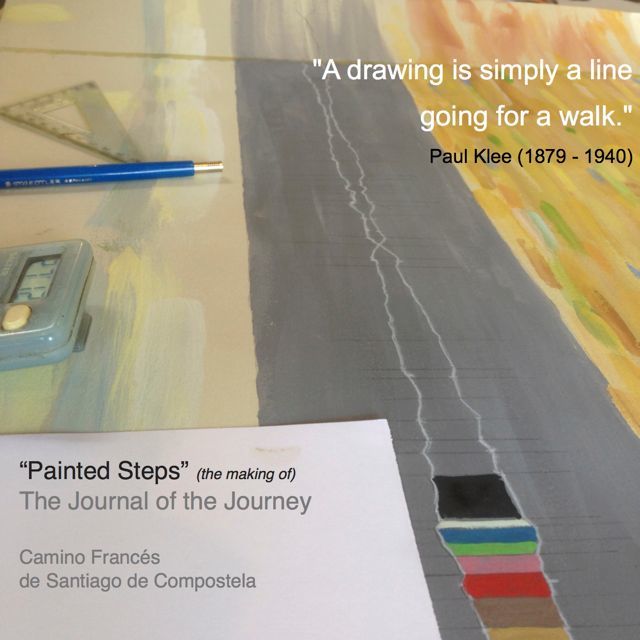
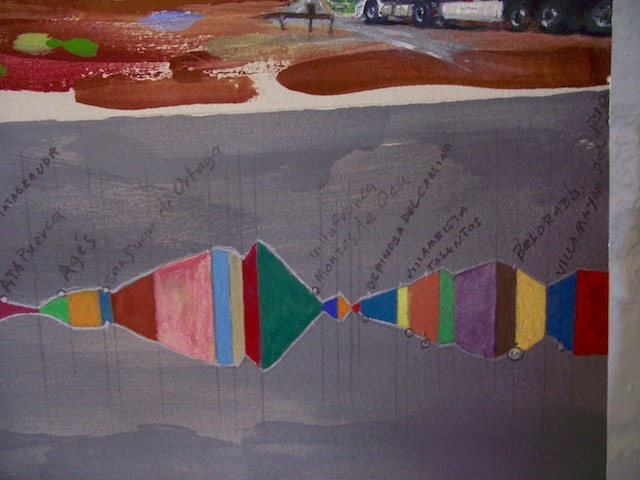
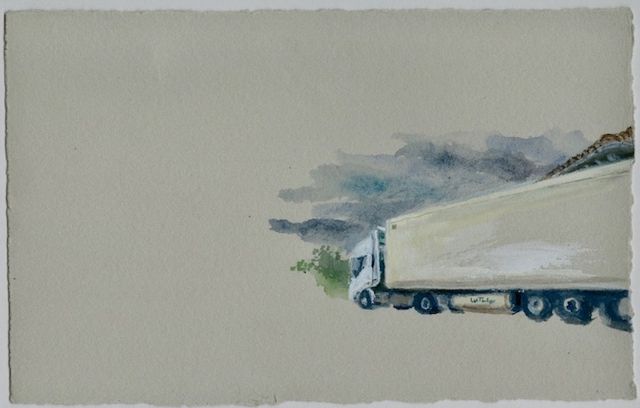
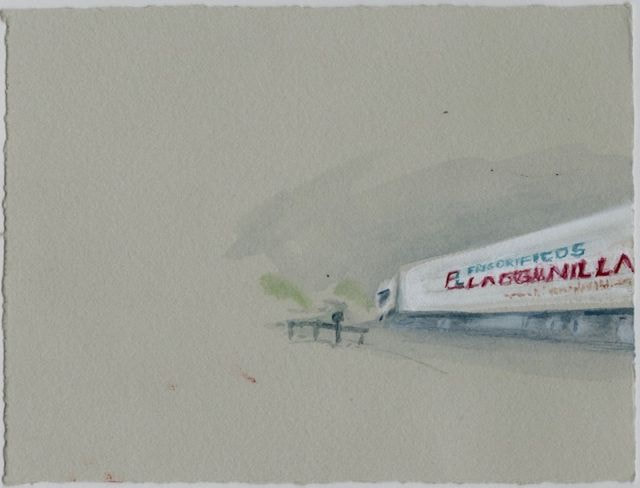
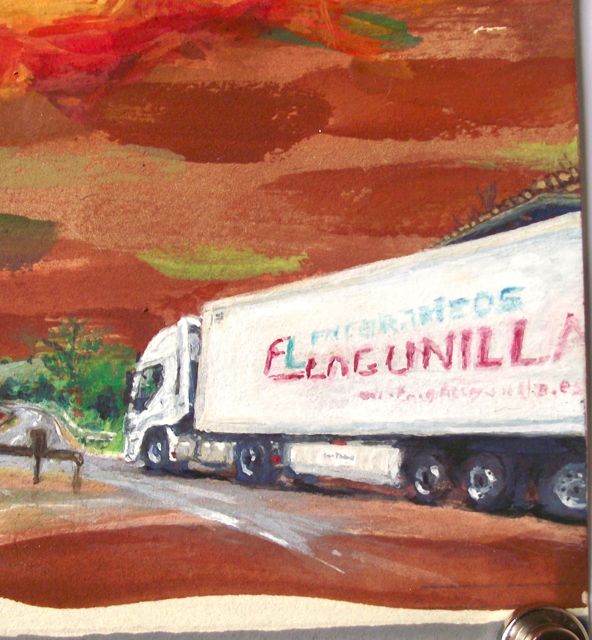


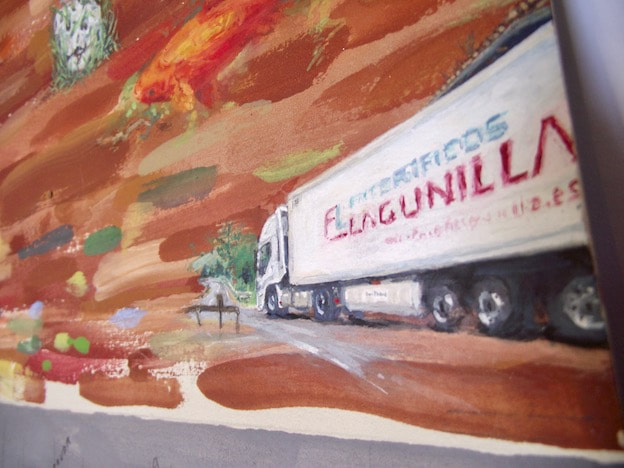
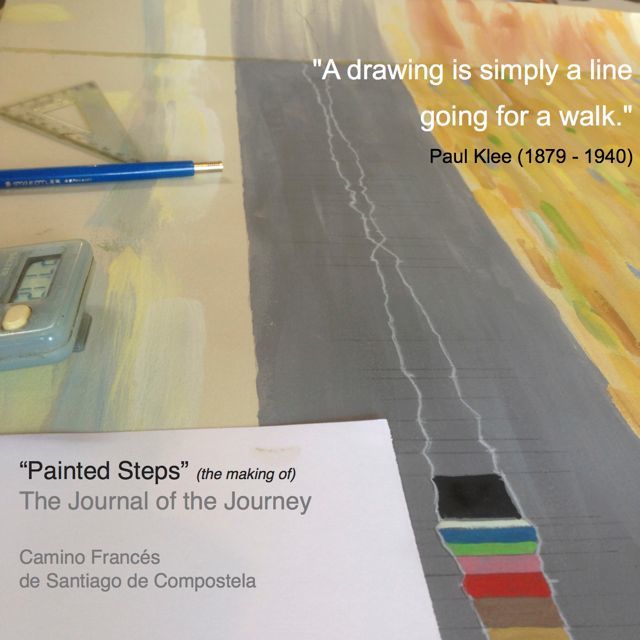
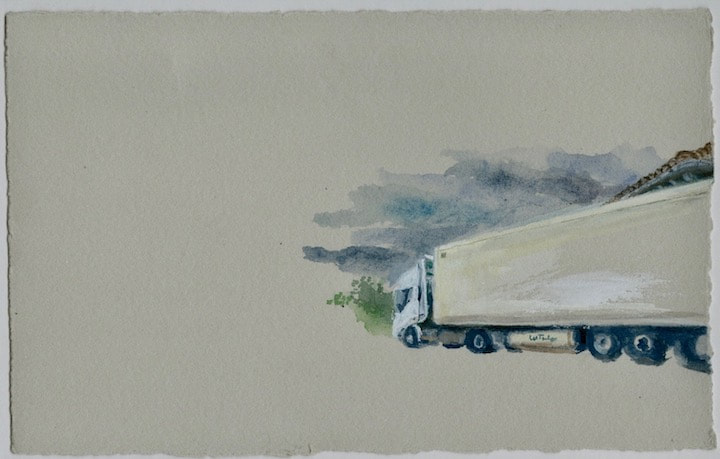
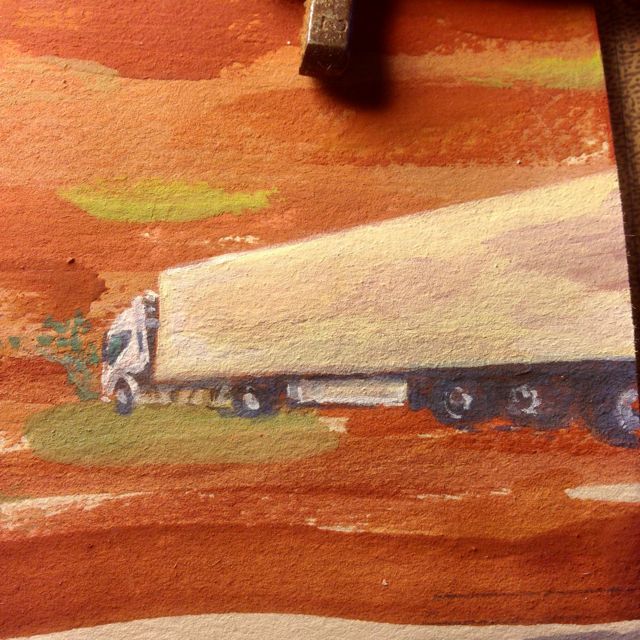
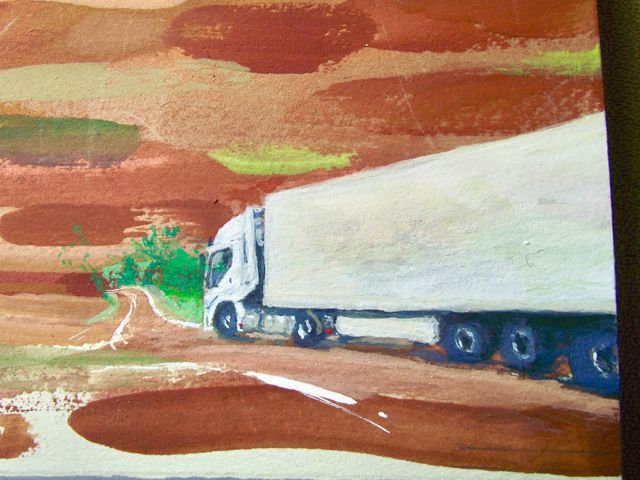
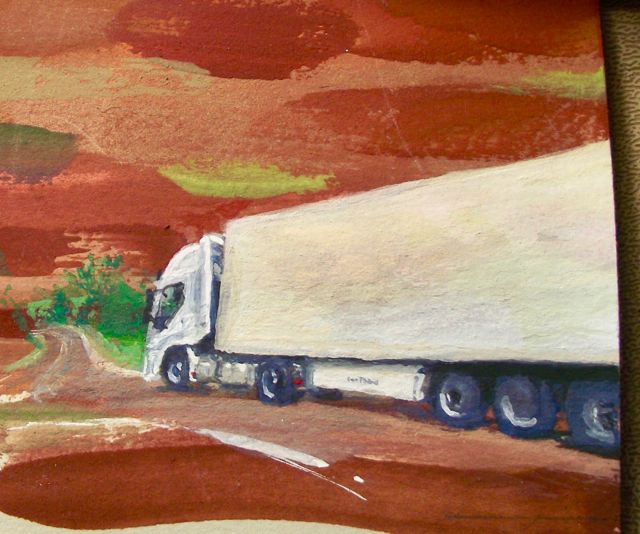
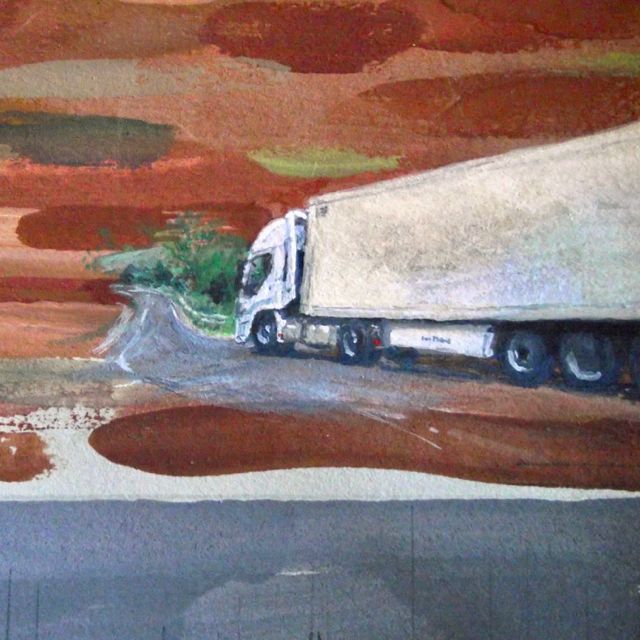
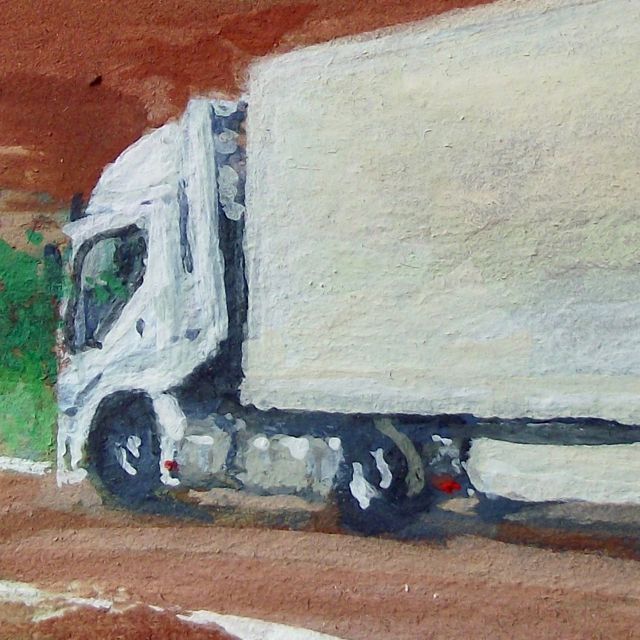
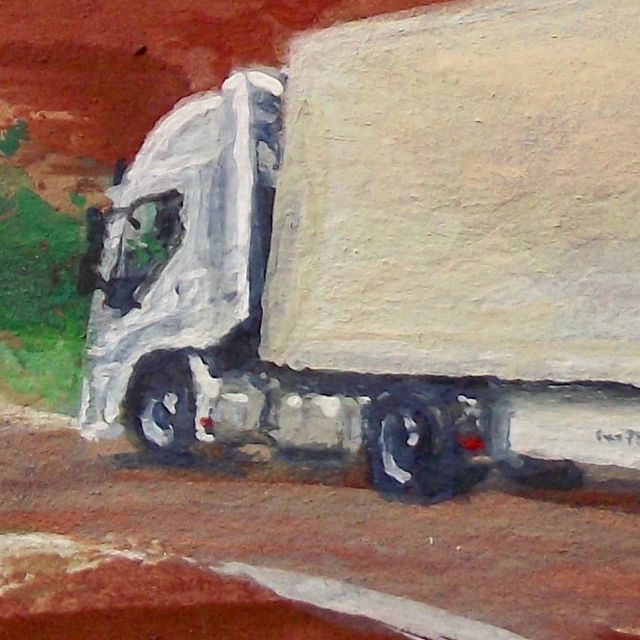
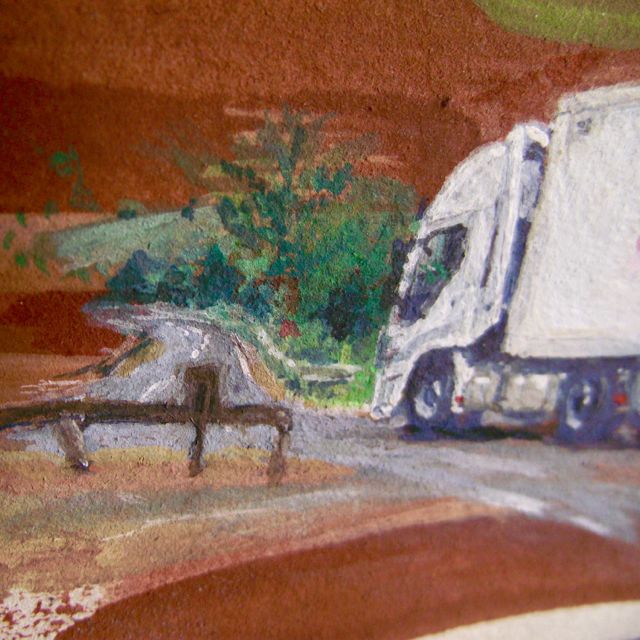
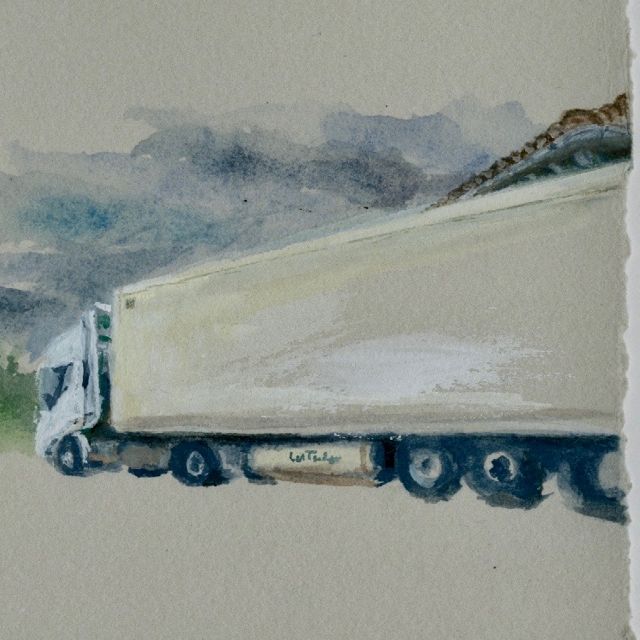
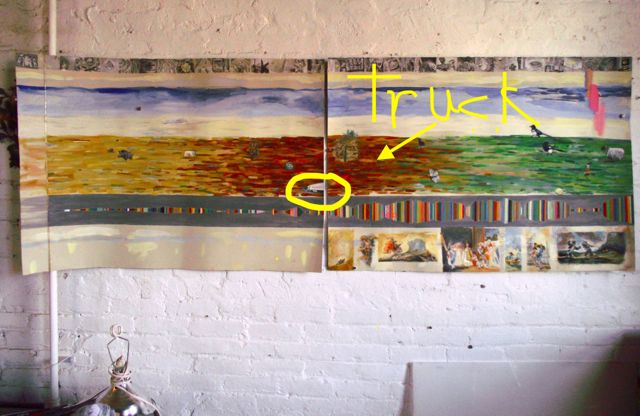
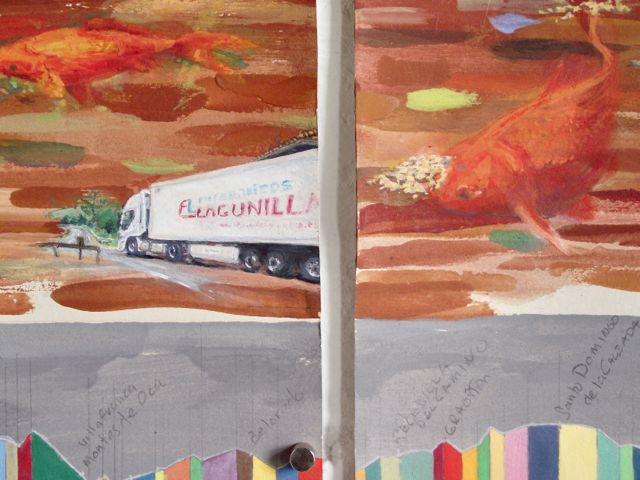
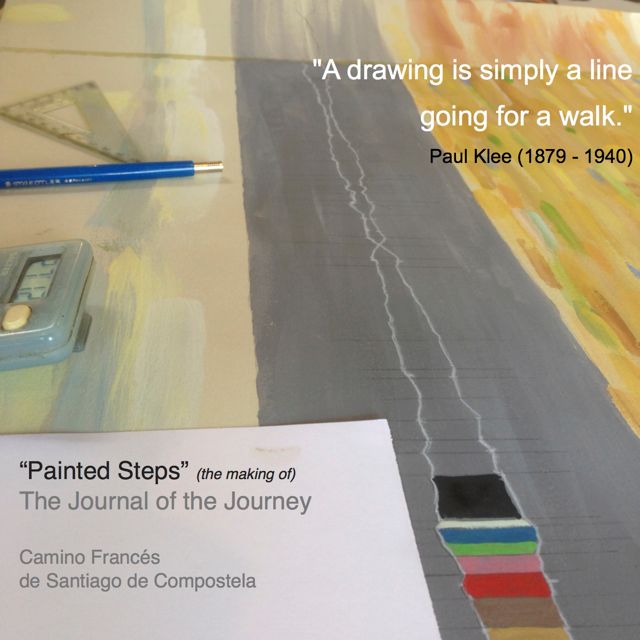
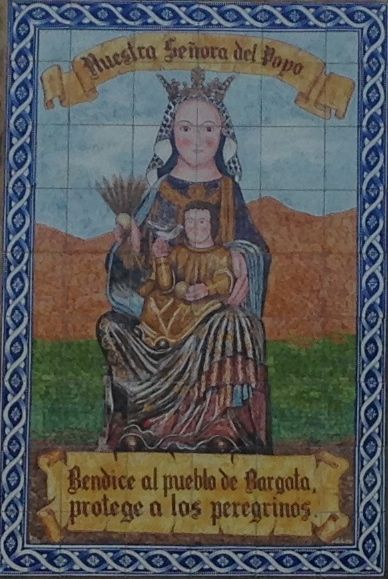
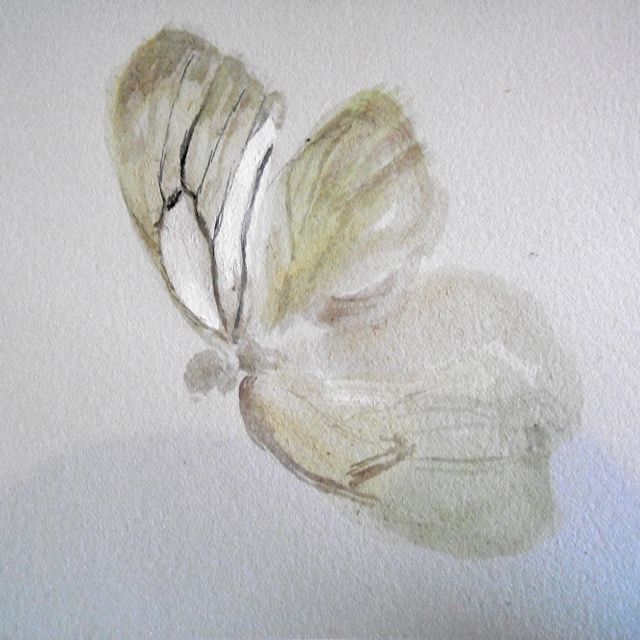
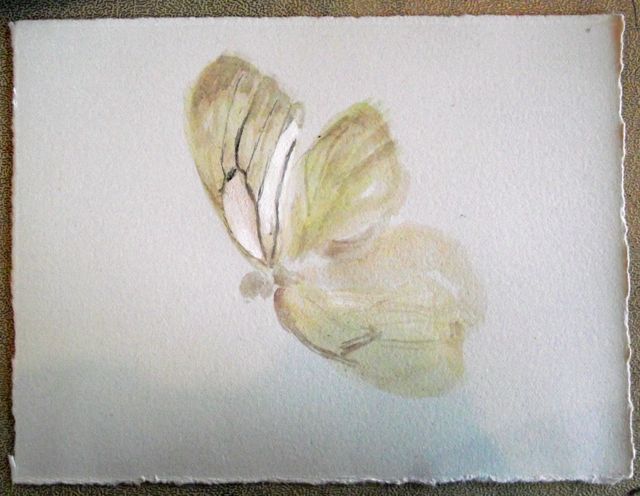
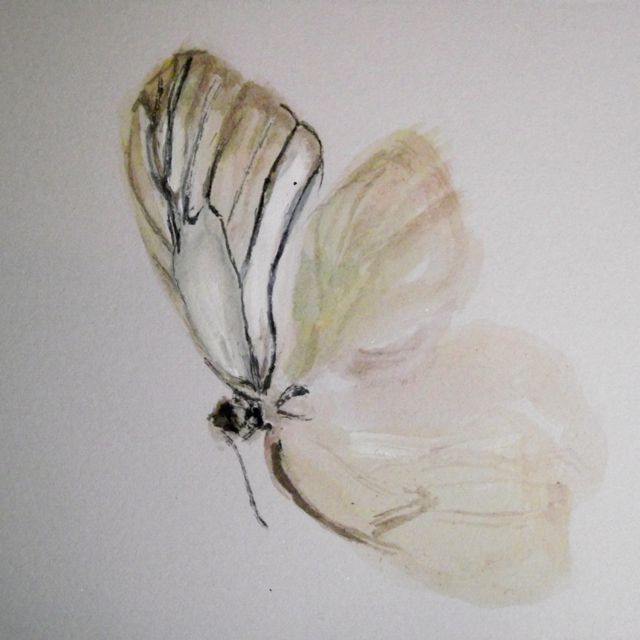
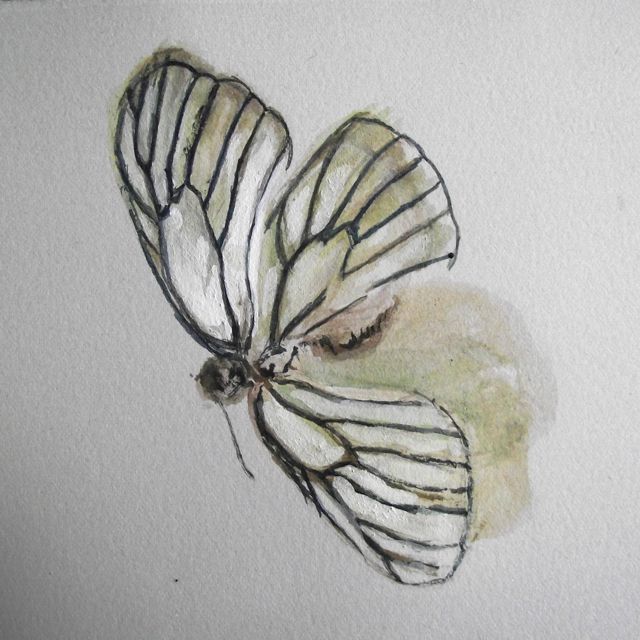
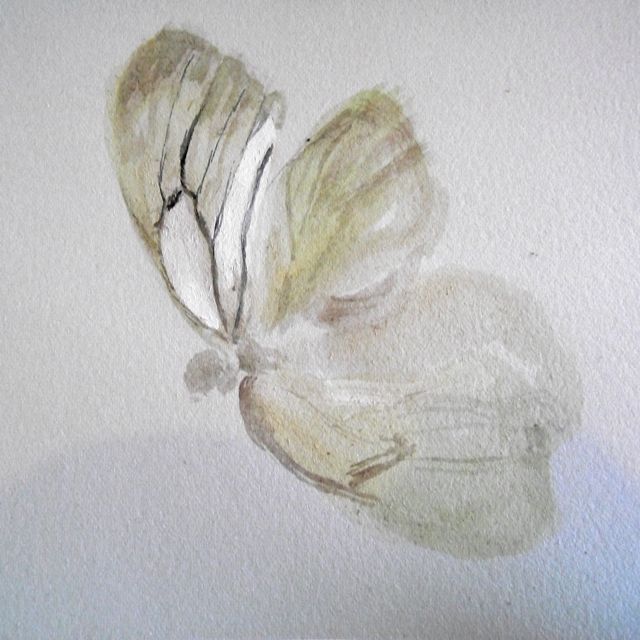
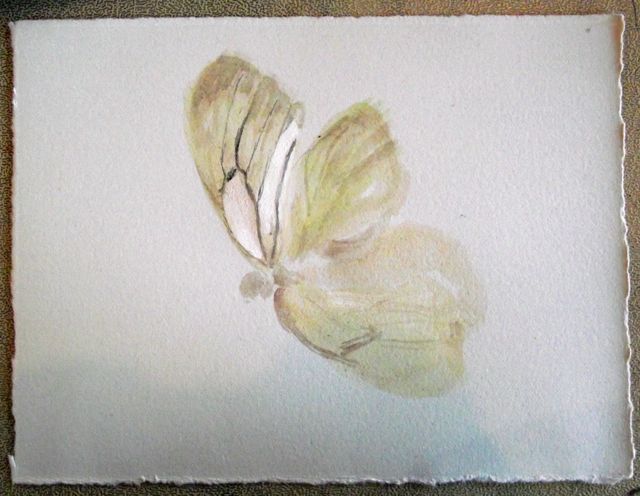
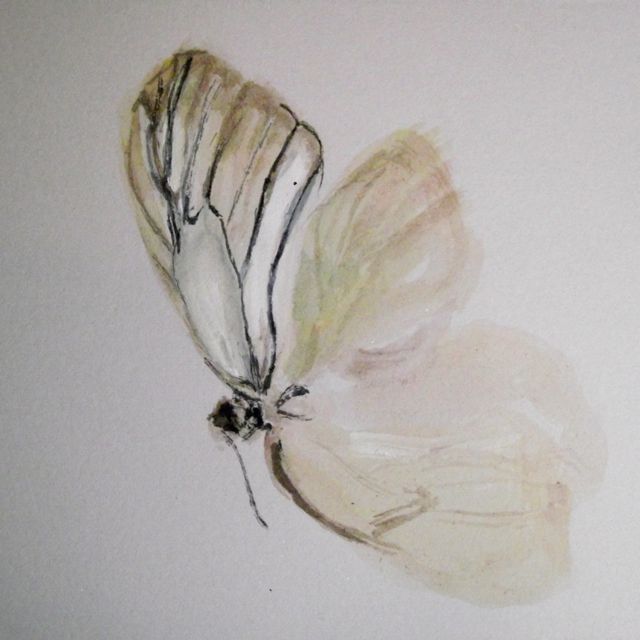
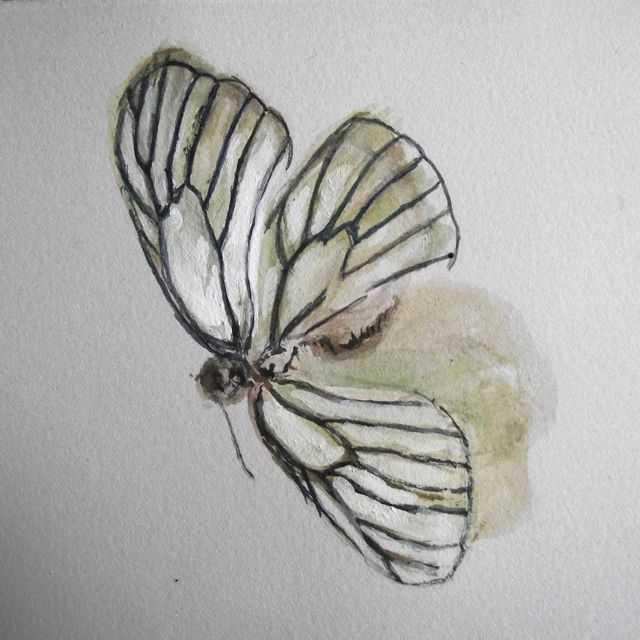
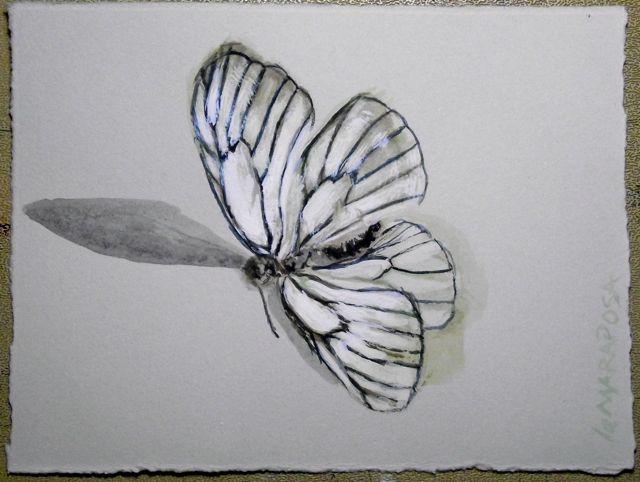
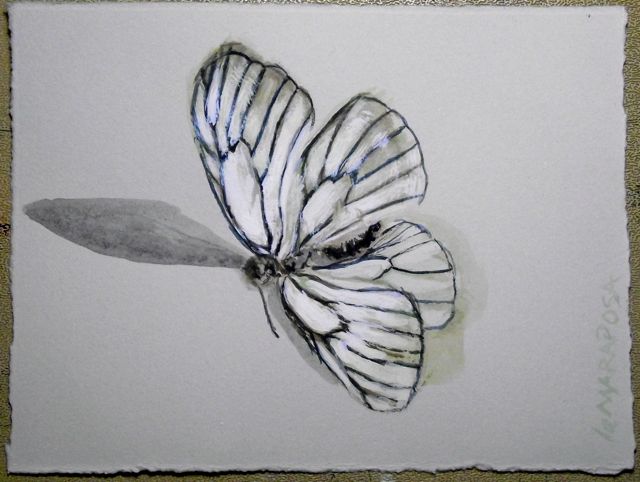
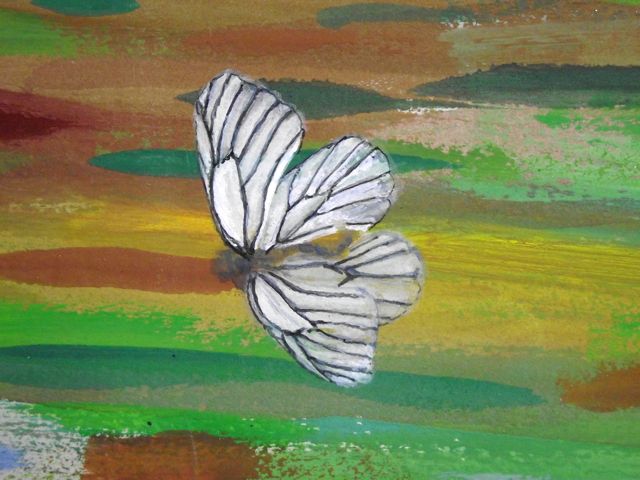
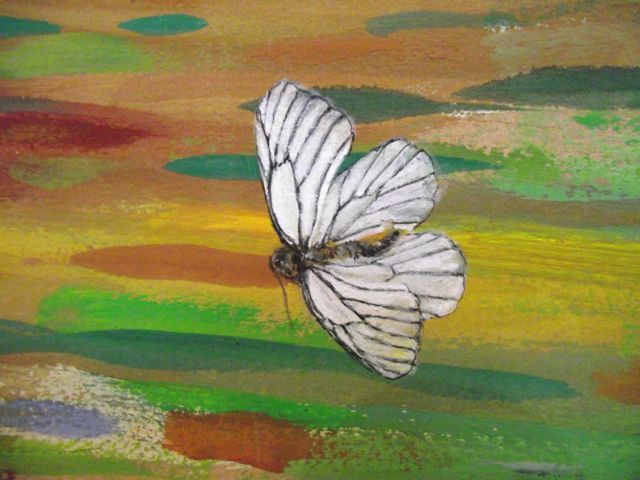
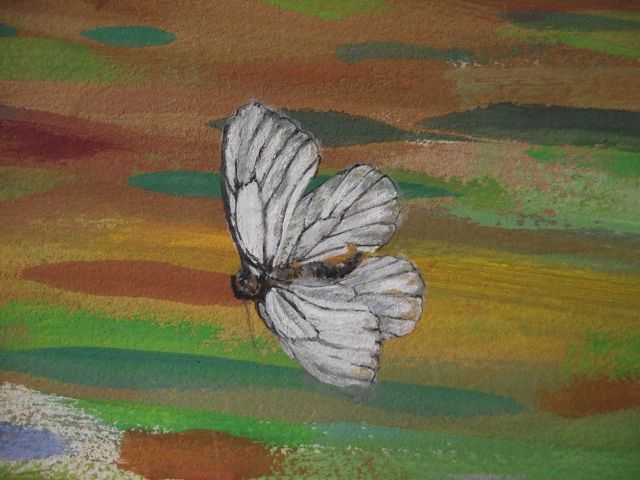
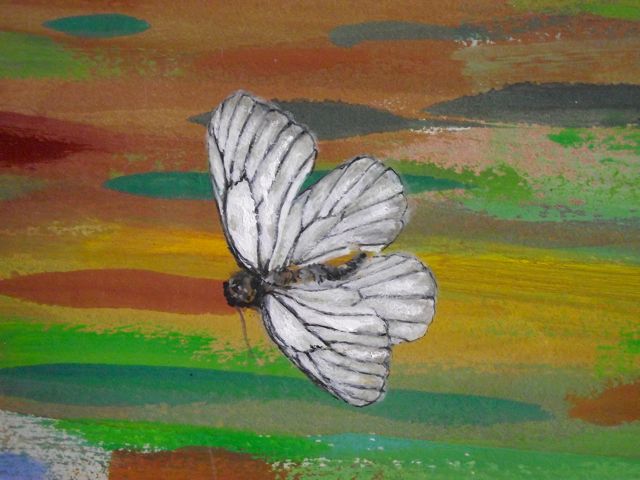
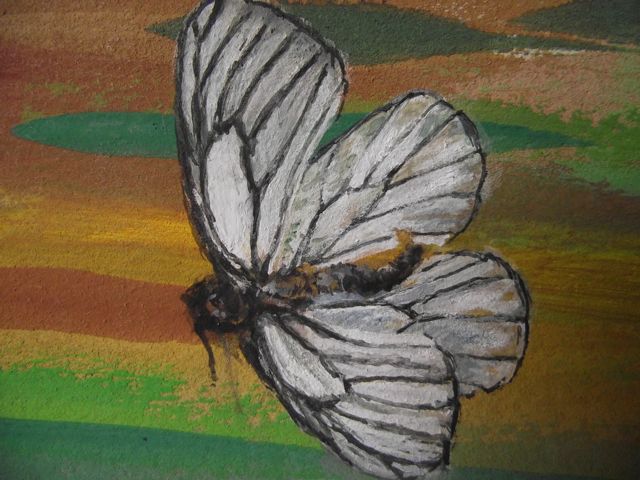
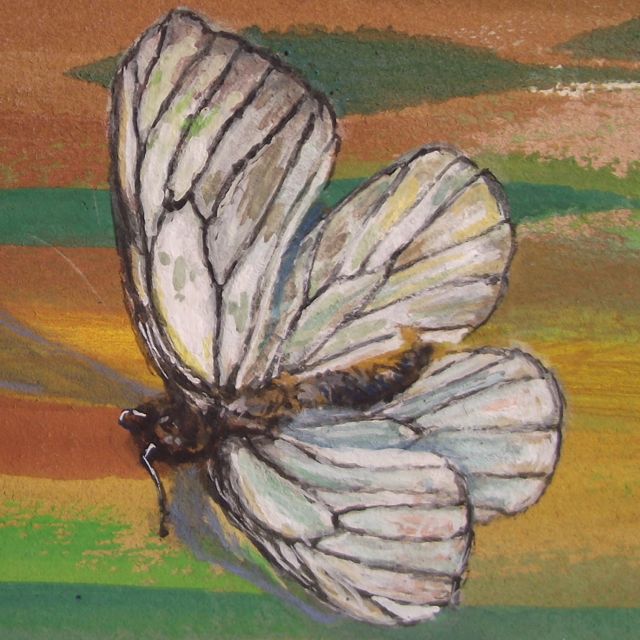
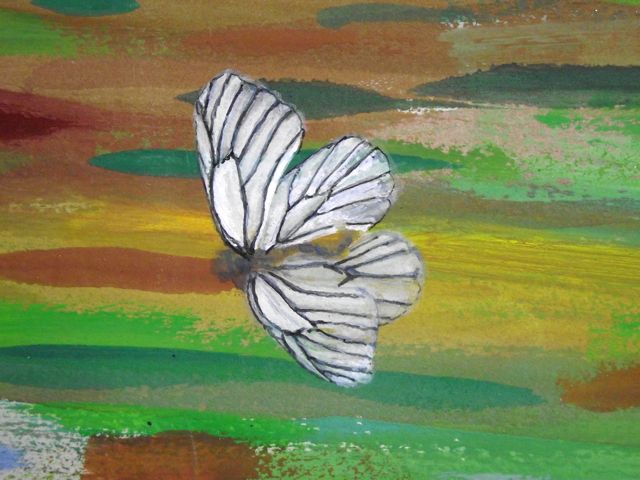
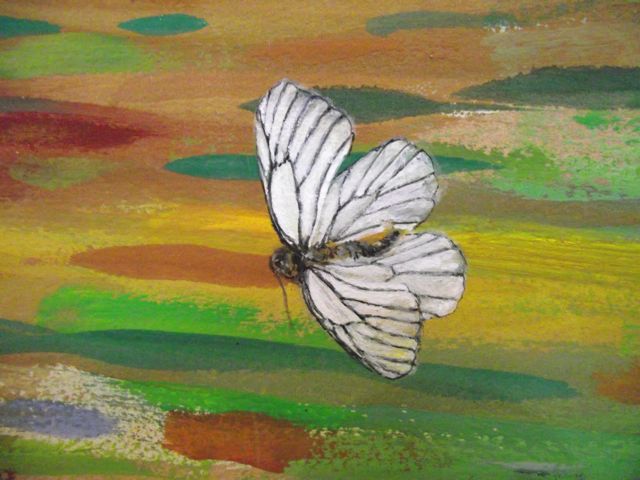
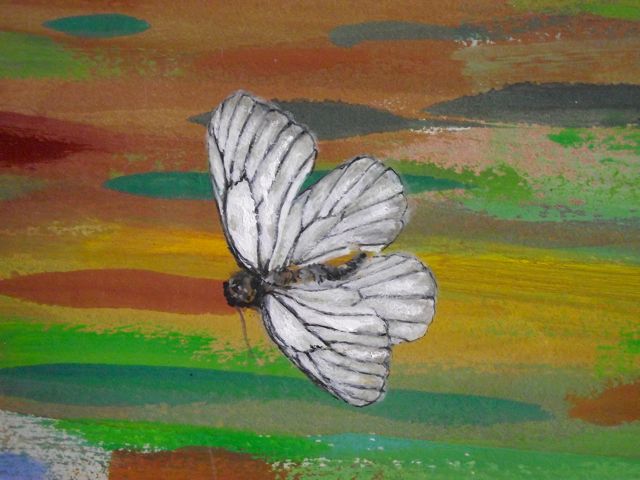
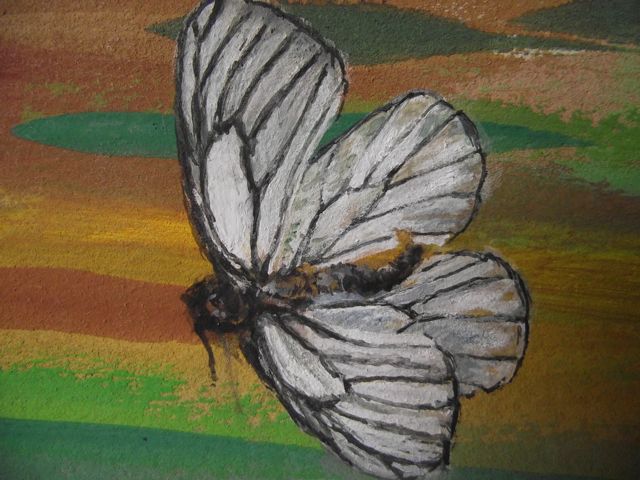
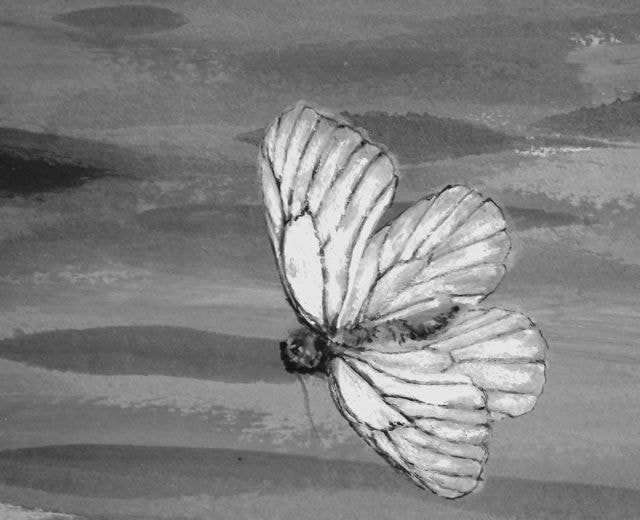
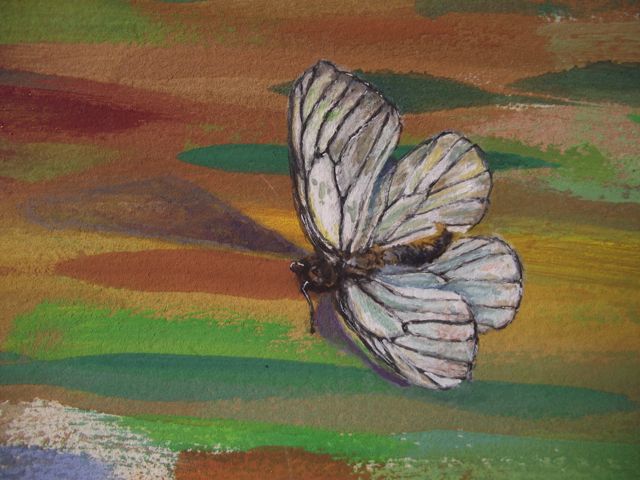
 RSS Feed
RSS Feed